Study the ray diagram given below and answer the following questions:
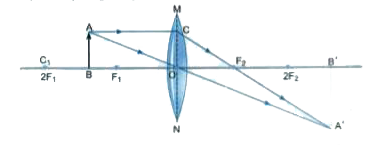
(i) State the type of lens used in the figure.
(ii) List two properties of the image formed .
(iii) In which position of the object will be magnification be -1 ?
(i) Convex lens
(ii) Real , inverted , enlarged
(iii) When object is 2F.
Topper's Solved these Questions
- BOOK - VK GLOBAL PUBLICATIONCHAPTER - LIGHT-REFLECTION AND REFRACTIONEXERCISE - LONG ANSWER QUESTIONS3videos
LIGHT-REFLECTION AND REFRACTION
- BOOK - VK GLOBAL PUBLICATIONCHAPTER - LIGHT-REFLECTION AND REFRACTIONEXERCISE - SOME IMPORTANT NUMERICALS31videos
LIGHT-REFLECTION AND REFRACTION
- BOOK - VK GLOBAL PUBLICATIONCHAPTER - LIGHT-REFLECTION AND REFRACTIONEXERCISE - SHORT ANSEWR QUESTIONS-I16videos
LIGHT-REFLECTION AND REFRACTION
- BOOK - VK GLOBAL PUBLICATIONCHAPTER - ELECTRICITYEXERCISE - SOME IMPORTANT NUMERICALS12videos
ELECTRICITY
- BOOK - VK GLOBAL PUBLICATIONCHAPTER - MAGNETIC EFFECTS OF ELECTRIC CURRENTEXERCISE - HOTS (Higher Order Thinking Skills)22videos
MAGNETIC EFFECTS OF ELECTRIC CURRENT
Similar Questions
Study the ray diagram given below and answer the following questions:
(i) State the type of lens used in the figure.
(ii) List two properties of the image formed.
(iii) In which position of the object will the magnification be – 1 ?
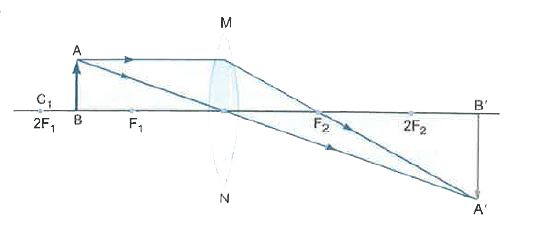 View Solution
View SolutionStudy the diagram given below and answer the following questions.
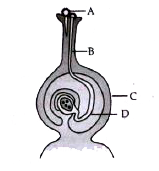 View Solution
View SolutionStudy the diagram given below and then answer the questions that follow:
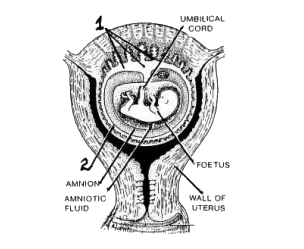
State any two functions of the amniotic fluid.View SolutionStudy the diagram given below and answer the questions that follow :
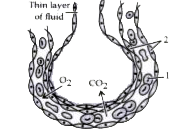
Name the structure given in the diagram. State in which part of the body it is present.View SolutionStudy the diagram given below and answer the questions that follow:
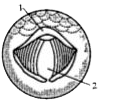
Name the structure shown in the diagram. State in which part of the body it is present.View SolutionStudy the diagram given below and answer the questions which follow. The diagram is depicting a defect of the human eye.

Name the type of lens used to correct short sightedness.View SolutionStudy the diagram given below and then answer the questions that follow :
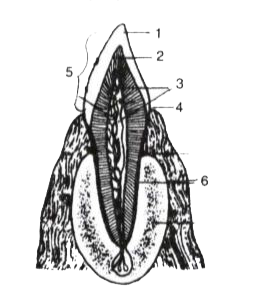
Give the total number of the type of tooth mentioned in '1' above in an adult and state its function.View SolutionList two properties of the images formed by convex mirrors. Draw ray diagram in support of your answer.
View SolutionThe diagram given below shows an object O and its image I
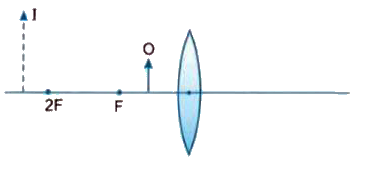
Without actually drawing the ray diagram, state the following:
(i) Type of lens (Converging/Diverging).
(ii) Name two optical instruments where such an image is obtained.
(iii) List three characteristics of the image formed if this lens is replaced by a concave mirror of focal length .f. and an object is placed at a distance .f/2. in front of the mirror.View SolutionAn object is placed at a distance 24 cm in front of a convex lens of focal length 8 cm.
(i) What is the nature of the image so formed ?
(ii) Calculate the distance of the image from the lens.
(iii) Calculate the magnification of the image.View Solution

